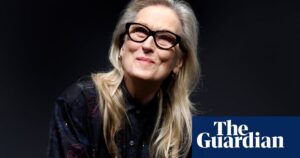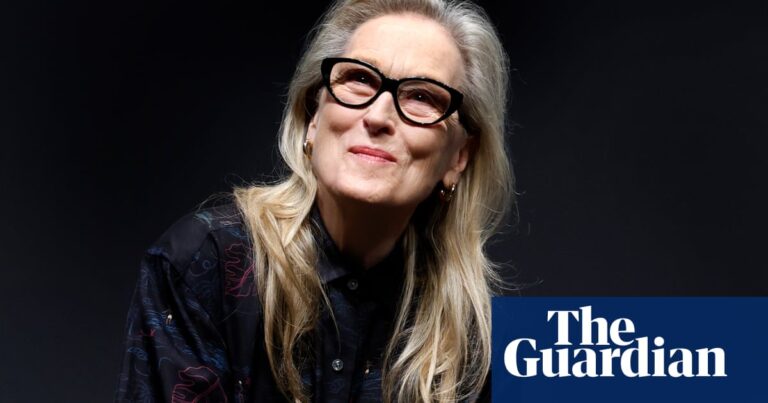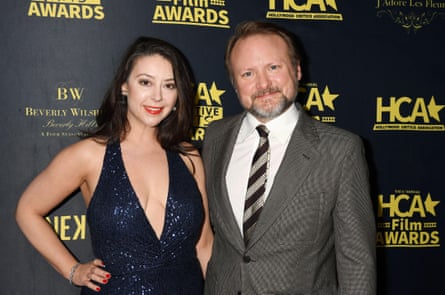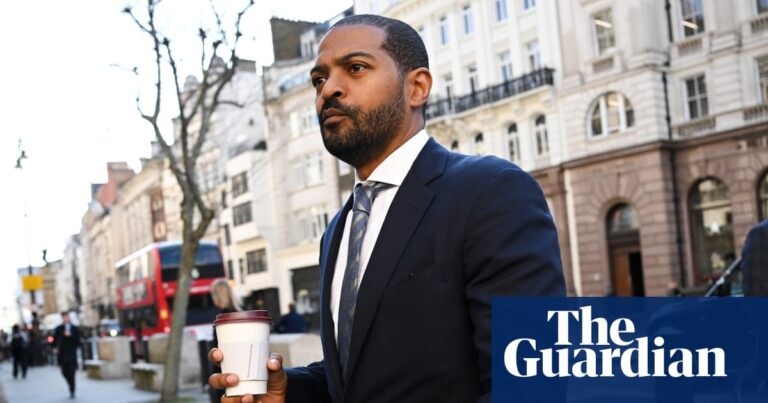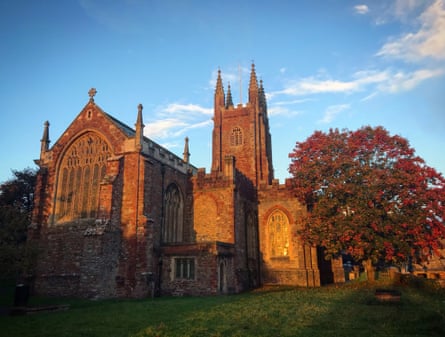
The late Catherine Christer Hennix, a Swedish musician, was praised by composer Henry Flynt for creating music that focused more on harmony than on specific themes. Hennix’s unique style was heavily influenced by her studies in mathematics, philosophy, linguistics, and Sufism.
She delved into the exploration of sound, light, drones, and the pure intervals of “just intonation”, as well as time and spirituality in her music. Her inspiration came from her studies with La Monte Young, who introduced her to the work of Indian singer and teacher Pandit Pran Nath.
A few years ago, a unique concert by Hennix was held at Silent Green, a converted cemetery church in Berlin. This was part of the annual MaerzMusik festival and featured the composer seated on the ground with a two-manual electronic keyboard and a computer programmer on either side. In the upper balcony, there were five brass musicians playing: two trumpets, a trombone, a French horn, and a tuba that could produce microtonal notes.
A portion of the crowd lounged on Persian rugs, while others sat in yoga poses. The majority of attendees sat in the lower balcony. For three hours, most were captivated by the music, which progressed in a dignified manner, starting with a constant hum and gradually transitioning into ever-changing harmonies that alternated between strong and gentle, sometimes reaching deafening levels and at other times remaining calmly still as the next change approached.
Christer was born in Stockholm to Margit Sundin-Hennix, a jazz composer, and Gunnar Noak Hennix, a doctor. Until 1990, she identified as male and went by the name Catherine Christer. In an interview with the Wire, she stated that her brain remained unchanged and the label of male or female was not important to her work.
As a teenager in the early 1960s, she was given the opportunity to hear and meet prominent figures in the American jazz avant-garde, such as Eric Dolphy, John Coltrane, Archie Shepp, and Cecil Taylor. This was made possible by her mother, who introduced her to these musicians during their visits to Sweden, where they were well-received. Initially a drummer in her brother’s jazz group, Hennix went on to study with Idrees Sulieman, an American trumpeter who resided in Stockholm from 1961 to 1964.
During her time at Stockholm University, she delved into the fields of mathematical logic, biochemistry, and linguistics. She also became a member of Stockholm’s Electronic music studio, where she focused on creating music using computers. After relocating to New York in 1968, she connected with a community of composers such as John Cage, Flynt, Terry Riley, and Walter De Maria (who was previously the drummer for the Velvet Underground). She also met Young and his wife Marian Zazeela, who were a part of the Theatre of Eternal Music group. Together, they explored the mathematical properties of the non-tempered scale through the use of sustained drones produced by voices and electronic sources.
In the summer of 1970, Young, Zazeela, and Hennix journeyed to Saint Paul de Vence in the southern region of France to attend a performance by Pran Nath, who specialized in slow-paced ragas at the Fondation Maeght. Hennix was inspired and became a follower of Nath. Later that same year, Nath relocated to New York and founded the Kirana Centre for Indian Classical Music.
During the 1970s, Hennix attended Berkeley College in California before going back to Sweden to pursue her studies at Uppsala University. She curated a 10-day festival where she invited Young and Riley to perform, while also showcasing her own piece for keyboard and sine-wave generators called The Electric Harpsichord. Additionally, she was involved in producing various theatre performances in the traditional Japanese Noh style.
In 1978, she became a professor of mathematics and computer science at the State University of New York at New Paltz. She also worked at the artificial intelligence laboratory at the Massachusetts Institute of Technology and collaborated with Flynt on a recording project called “Dharma Warriors.” After one year, she went back to Europe to study Lacanian psychoanalysis in Paris and conduct research at the institute for logic, language, and computation at Amsterdam University.
Her music career was reignited in 2005 when she collaborated with English trombonist Hilary Jeffrey and created a group called the Chora(s)san Time-Court Mirage. This sparked more attention and, with encouragement from Flynt, her original recording of The Electric Harpsichord was finally released in 2010. Additionally, her three-piece band, the Deontic Miracle, also released music from the same event, featuring renaissance oboe and Chinese sheng.
In 2011, The Chora(s)san Time-Court Mirage ensemble presented a performance of Blues Dhikr Al-Salam at the Grimmuseum in Berlin to celebrate Young’s 70th birthday. This performance was later released as an album. Another performance at the Issue Project Room in New York during the Ultima festival in 2014, featuring trumpeter Amir ElSaffar and singer Amirtha Kidambi, was also released as an album. In 2017, Young released Solo for Tamburium, a recording of 88 Indian tamburas played through a keyboard interface.
An exhibition of her visual art, called Traversée du Fantasme, begun with her then partner, the photographer Lena Tuzzolino, in the 90s and resembling coloured renditions of mechanical punched cards, was exhibited in 2018 at the Stedelijk museum in Amsterdam and the Empty gallery in Hong Kong. Her books and essays included Poësy Matters and Other Matters, a two-volume collection published in 2019.
After studying with Pran Nath, Hennix became immersed in Sufism and eventually converted to Islam before relocating to Istanbul in her later years.
Source: theguardian.com





